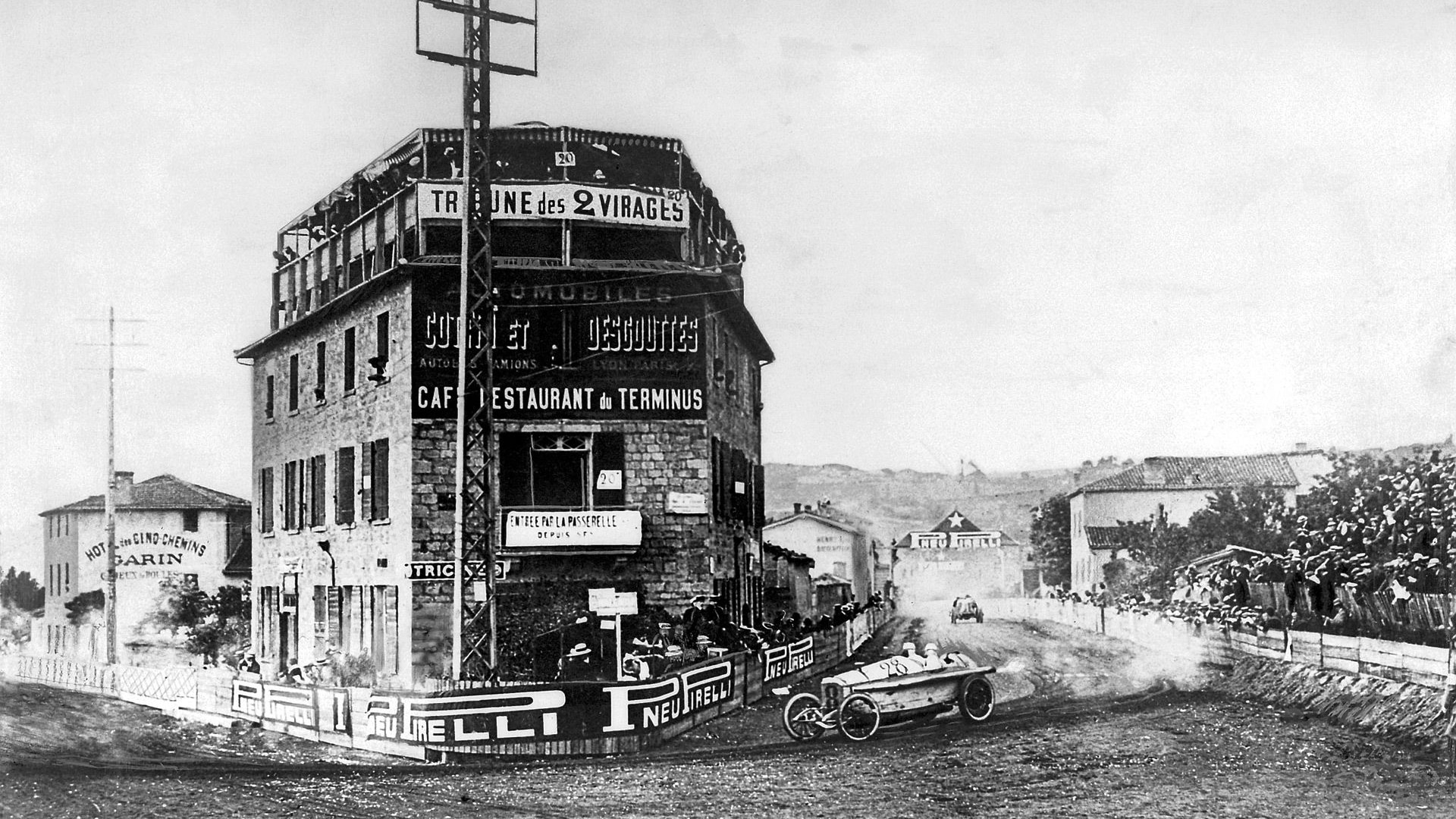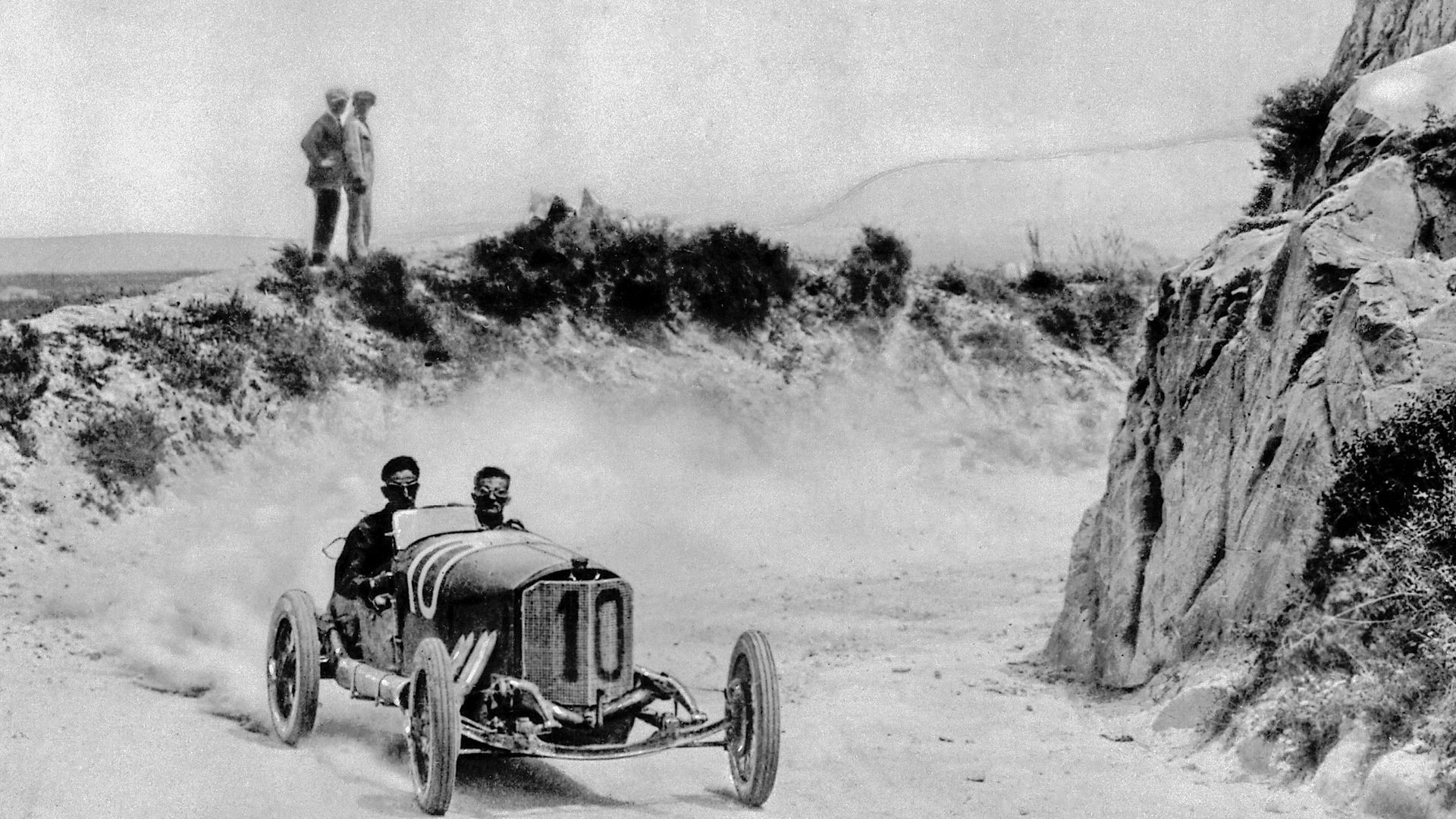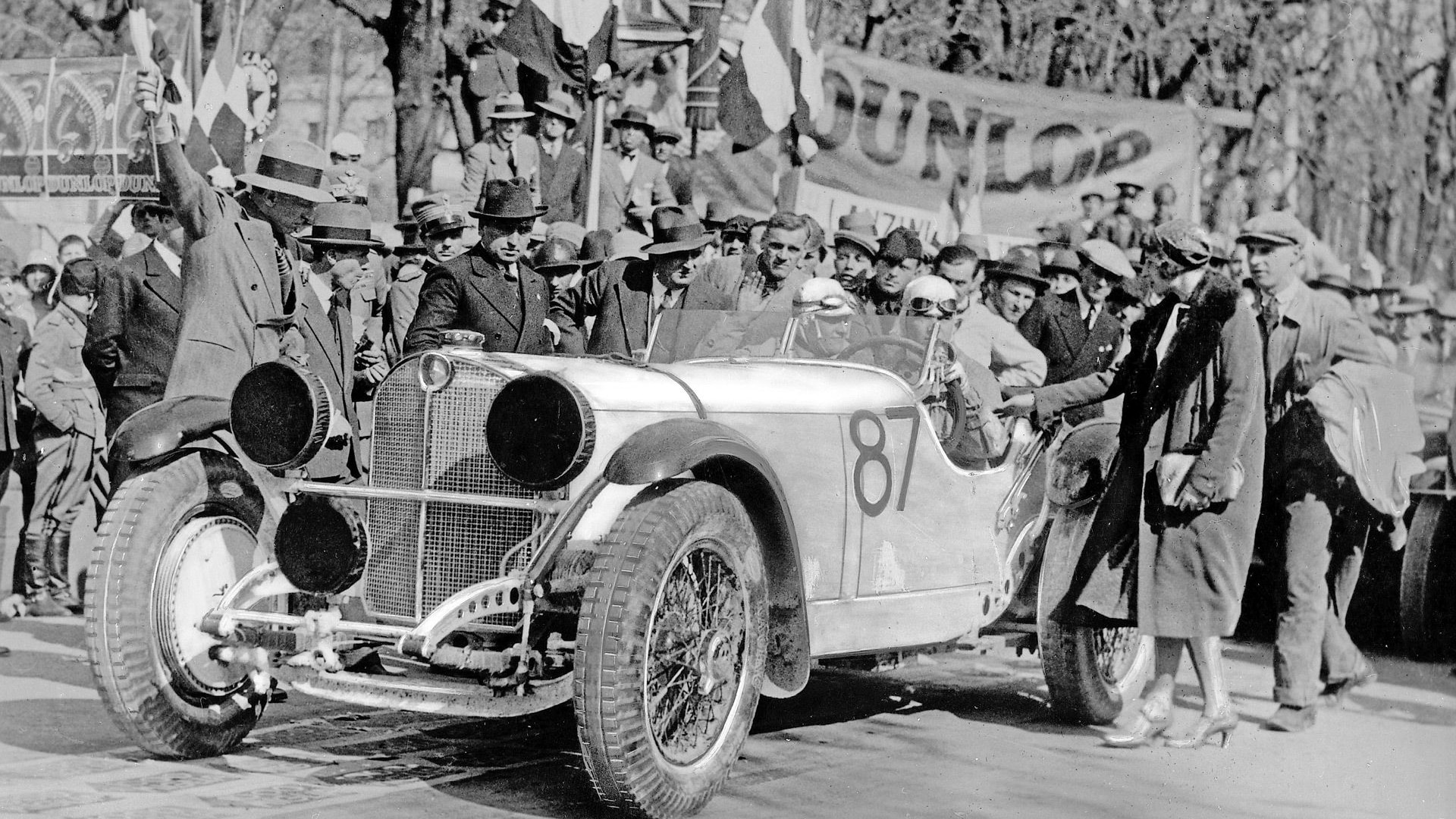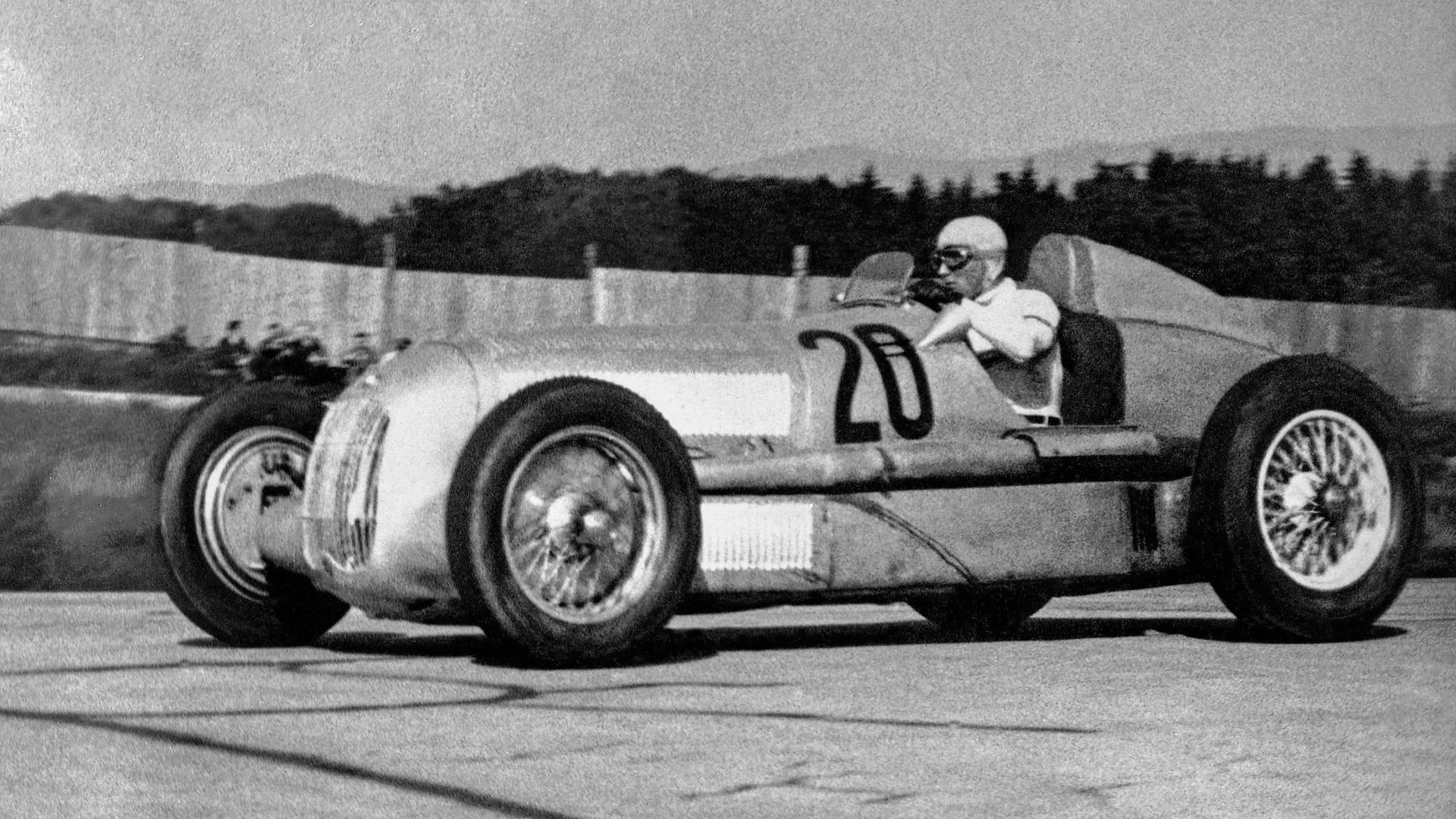Mercedes-Benz has an illustrious motorsports history that now dates back 130 years, to the first race considered to be a world event—the 1894 Paris to Rouen race organized by the magazine Le Petit Journal.
Mercedes didn't compete in the race directly. Mercedes as a brand wouldn't surface until early the following century. However, some competing cars ran engines licensed from Daimler, which would later become Mercedes, including the winner of the race, a Peugeot Type 7 piloted by Albert Lemaître.
The Peugeot wasn't the first car to cross the finish line, though. That honor went to a steam-powered car driven by Jules-Albert de Dion, though the steam car's result was disqualified as it required a stoker, which was against the rules.
A year later, another car powered by a Daimler-licensed engine won the first timed car race, which ran from Paris to Bordeaux.
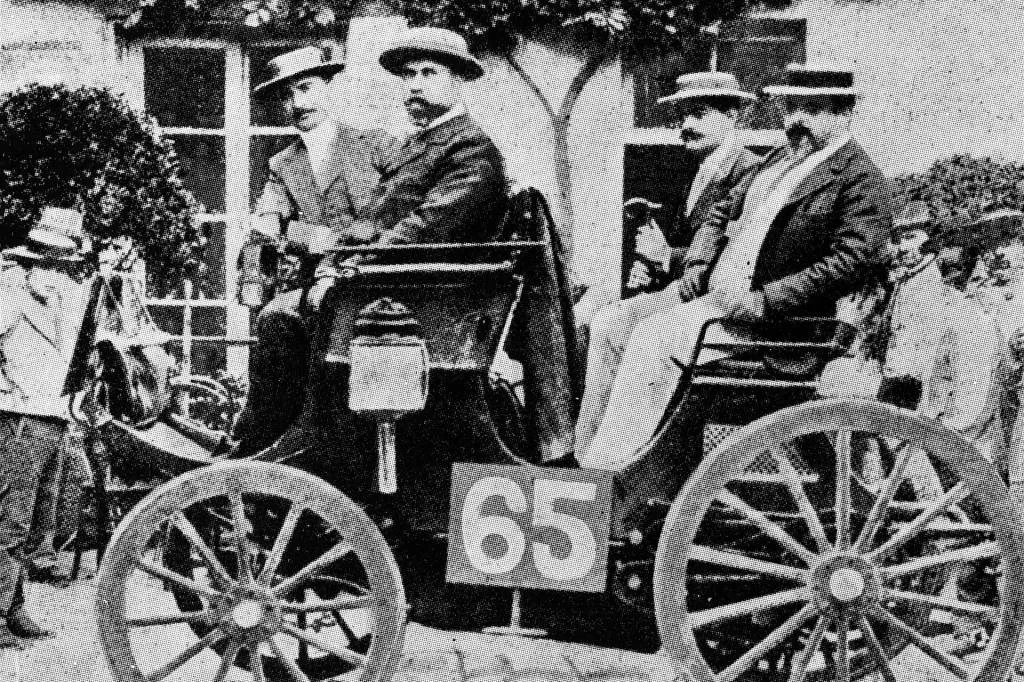
Peugeot with a Daimler-licensed engine that won the 1894 Paris to Rouen race
It wouldn't be long until the first Mercedes-branded cars were on the track. The first was the Mercedes 35 HP, which in 1901 was driven by Wilhelm Werner to victory in several races near Nice in the south of France.
In 1906, the first French Grand Prix was held, marking the start of the grand prix format. The prize for that race was 45,000 French francs, the equivalent of 13 kilograms of gold. A Mercedes first won the event in 1908, and again in 1914.
Eventually, Mercedes entered additional prestigious events, including the Targa Florio in Sicily, and multiple other grands prix races that sprung up around Europe. There was a pause in racing during the Second World War, but Mercedes made a comeback in 1952 with the 300 SL. The car proved successful that year in the 24 Hours of Le Mans, Carrera Panamericana, and a major race at the Nürburgring.

The oldest SL: a 1952 Mecedes 300 SL, chassis number 002
Shortly after, Mercedes began competing in Formula 1 with the W196. Legendary driver Juan Manuel Fangio was crowned the F1 world champion in 1954 and 1955 while driving for Mercedes.
In the 1960s, Hans Werner Aufrecht and Erhard Melcher and their engineering company, AMG, entered the picture. They prepared Mercedes production cars for racing duty, and quickly found success, particularly in those early years with the 300 SEL 6.8 in events like the 24 Hours of Spa.
Other partnerships were formed, including with Sauber in Group C racing and F1, as well as with McLaren in F1. A crucial move was Mercedes acquiring the Brawn GP F1 team in 2010, which was followed starting in 2014 with successive championship titles thanks to the efforts of Lewis Hamilton and Nico Rosberg. The team has racked up seven drivers’ and eight constructors’ titles, and will continue to hunt for more.

